Without the endocannabinoid system, CBD products would be virtually useless. The role of the endocannabinoid system is to promote homeostasis (balance) throughout the body. Our body produces natural endocannabinoids that help achieve this desired state. This important network influences everything from our appetite to our mood to our sleep patterns.
Endocannabinoids, cannabinoids produced within the body, are crucial for our health. Unfortunately, there are so many factors in our everyday lives that might deplete these crucial compounds. Thankfully, compounds in CBD mirror the effects of our natural endocannabinoids. That’s why CBD is the ultimate endocannabinoid supplement. Here’s everything you need to know about the CBD endocannabinoid system relationship.
What is the Endocannabinoid System?
Our endocannabinoid system is an intricate communication system that connects all of the vital regions of our body.
There are three major components of the endocannabinoid system:
-
Endocannabinoids
- Anandamide
- 2-Arachidonoylglycerol (2-AG)
- 2-Arachidonyl glyceryl ether (2-AGE or Noladin Ether)
- N-Arachidonoyl dopamine (NADA)
- Virodhamine
-
Cannabinoid Receptors:
- Cannabinoid Receptor Type 1 (CB1 Receptors)
- Cannabinoid Receptor Type 2 (CB2 Receptors)
-
Enzymes
- Fatty Acid Amidohydrolase (FAAH) – Metabolizes Anandamide
- Monoacylglycerol Lipase (MAGL) – Metabolizes 2-AG
There are additional lesser-known natural endocannabinoids. However, the ones that matter most for CBD and homeostasis are 2-AG and anandamide.
There are also other enzymes involved in the synthesis of endocannabinoids; however, FAAH and MAGL are the ones that cause the homeostasis produced by anandamide and 2-AG.
When Was the Endocannabinoid System Discovered?
The endocannabinoid system was first discovered in 1990 by a team of neuroscientists spearheaded by Lisa Matsuda. Her team of neuroscientists realized that Δ9-Tetrahydrocannabinol (THC) lodges in a specific receptor in the human brain.
These experts realized this interaction caused the psychoactive effect associated with marijuana. We now know this integral part of the endocannabinoid system as our cannabinoid receptor type 1 (CB1 receptors).
In 1992, Dr. Lumir Hanus and Dr. William Devane realized that our body produces natural endocannabinoids. They discovered anandamide. That same research session led to the discovery of cannabinoid receptor type 2 (CB2 receptors).
Not too long after, Dr. Hanus and Devane also came across 2-AG. They isolated a few lesser-known endocannabinoids. Thanks to the breakthroughs these scientists made, we have a much better understanding as to how the endocannabinoid system works and the role natural endocannabinoids and CBD play in health.
What is the Role of the Endocannabinoid System?
Homeostasis refers to the ability to keep a balanced internal state that functions optimally regardless of external conditions. All living things—including people, animals, and plants—rely on this internal balance to maintain sound health and wellness.
The word “homeostasis” is derived from Greek origins of terms meaning “similar”(homoios) and “standing still”(stasis), loosely meaning “staying the same.”
The breakdown of homeostasis in one system of the body can disrupt homeostasis in other systems, which can ultimately lead to negative health consequences. That’s why using CBD and homeostasis go hand-in-hand.
Homeostasis Endocannabinoid System, Explained
With endocannabinoid receptors found nearly everywhere in the human body, the endocannabinoid system helps maintain the delicate balance in almost every physiological process.
Research suggests the endocannabinoid system can influence the following:
- Appetite
- Digestion
- Mood
- Memory
- Sleep
- Stress
- Cardiovascular function
- Skin health
- Nerve function
- And more!
What Are Endocannabinoids?
Our body’s natural endocannabinoids act like a thermostat that keeps our body regulated. They play a role in every facet of a healthy lifestyle.
Anandamide
Anandamide is an essential omega-6 fatty acid that acts as a neurotransmitter. Its brain-boosting effects are the reason anandamide is the Sanskrit translation for “joy.”
Our system uses anandamide as we would use a dog treat. When we eat, our body releases anandamide. Sure, the food tastes good, but the body is also rewarding you for providing it with energy. In the same respect, if you are feeling emotionally low, the body will produce anandamide to try to counteract those feelings.
If you are running low on this endocannabinoid, you can take an anandamide supplement; however, you’re better off eating foods that increase anandamide.
For one, you should eat lean proteins that have omega-6s, such as eggs or oily fish. However, you can also eat foods that inhibit the enzyme, FAAH, that metabolizes anandamide. Some of the best foods that increase anandamide by lowering FAAH include ginger, chocolate, and maca root.
2-Arachidonoylglycerol (2-AG)
This omega-6 fatty acid ester was the second endocannabinoid discovered. It’s mostly abundant in brain tissue.
For your body to absorb 2-AG, it must come into contact with the enzyme monoacylglycerol lipase (MAGL).
If you want to boost 2-AG naturally, eat foods that are high in linoleic acid. A Mediterranean diet—rich in olives, fish, and whole grains—is the best source of linoleic acid.
2-Arachidonyl glyceryl ether (2-AGE or Noladin Ether)
No, you’re not seeing double. This endocannabinoid is slightly different 2-AG.
One of the primary functions of 2-AGE is to trigger the protein mitogen-activated protein kinase (MAPK). MAPK directs the body to fight off potential problems such as osmotic stress (gastrointestinal issues that can damage cells on the gut wall) and lower the intensity of interocular pressure.
N-Arachidonoyl dopamine (NADA)
NADA is anything but “nada” to our system. There are high concentrations of this endocannabinoid in our brain, namely the hippocampus and cerebellum.
This endocannabinoid exhibits potent antioxidant properties. It also helps smooth muscle contraction and relax blood vessels.
Virodhamine
Early research on virodhamine indicates that this endocannabinoid regulates our body temperature. It gets its name from the Sanskrit word for “opposite.” This endocannabinoid earned this moniker because it reacts the opposite way as the most common endocannabinoid, anandamide.
How Does the Endocannabinoid System Work?
The role of the endocannabinoid system is to promote homeostasis from head to toe. That’s a lot of ground to cover. So, it thinks ahead by working backward and creating an intricate communication system.
Endocannabinoid Production
Our body looks at endocannabinoids as our “break glass in case of emergency” compounds. Unlike most neurotransmitters, endocannabinoids are made on-demand.
To achieve this, endocannabinoids travel backward in the system. Usually, all the information flows from a nerve cell known as “presynaptic” to the target nerve cell that contains receptors for that chemical and is labeled “postsynaptic.” However, postsynaptic cells are responsible for the release of natural endocannabinoids.
Endocannabinoids and Cannabinoid Receptors
When endocannabinoids are encased in the presynaptic nerve cell, they come into contact with cannabinoid receptors. After this interaction, they are greeted by the enzymes that metabolize the endocannabinoids. We then achieve homeostasis.
While enzymes play a large role in the endocannabinoid system, it all comes down to the interaction between cannabinoids and cannabinoid receptors.
Cannabinoid receptors remain in constant communication with other cells throughout the endocannabinoid system. They report any abnormalities that may disrupt homeostasis.
Which endocannabinoids and phytocannabinoids get used depends on whether they come into contact with CB1 or CB2 receptors.
What Is the Difference Between CB1 and CB2 Receptors?
CB1 and CB2 receptors tend to hang out in different areas of the body and interact with cannabinoids in their own unique way.
CB1 Receptors
CB1 receptors can bind to both endocannabinoids. They are present in the:
- Brain (distributed throughout the brain)
- Fat cells
- Muscles
- Gut
- Liver
- Thyroid and adrenal glands
- Male and female reproductive systems
- Lungs
- Kidneys
Due to their placement within the endocannabinoid system, CB1 receptors may influence appetite, fat buildup, and gut motility.
Because CB1 receptors are abundant in the brain, and are what THC binds to causing the high associated with marijuana. CBD interacts with this receptor indirectly, helping with stress management while not causing intoxication.
CB2 Receptors
The CB2 receptor pockets can slot in only 2-AG. They are present in:
- Immune Cells
- Spleen
- Bone Marrow
- Tonsils
- Digestive Tract
The CB2 receptors are the reason people turn to CBD oil for supporting muscle and joint health.
Endocannabinoid System Under the Skin Explained
Our skin has its own endocannabinoid system. This endocannabinoid system underneath the skin contains physiological networks that are essential for homeostasis.
Both CB1 and CB2 receptors have been observed in several types of human skin cells, including:
- Cutaneous Nerve Fibers
- Mast Cells
- Epidermal Keratinocytes
- Adnexal Tissue Cells
CB2 receptors in the skin can be found concentrated in glands responsible for the discharge of sebum—our body’s natural oils that fight off bacterial growth, and keep our skin glowing and hair shining.
Anandamide and 2-AG are found in both sebaceous glands and hair follicles. In addition, TRPV1 (vanilloid receptor 1)—which is associated with sensory occurrences such as itching and heat—has also been found in human skin cells.
How Does CBD Affect the Endocannabinoid System?
Phytocannabinoids in hemp influence our endocannabinoid system much like our natural cannabinoids. Each cannabinoid behaves differently with our CB1 and CB2 receptors.
For instance, THC can bind to CB2 receptors; however, its strong penchant is for CB1 receptors. That’s why we experience a high when we smoke marijuana.
CBD, on the other hand, doesn’t typically bind to CB1 or CB2 receptors. Instead, the effects of CBD are caused by two specific functions.
CBD activates TRPV1 receptors (vanilloid receptor 1 or capsaicin receptors), which has many positive effects on well-being. Furthermore, CBD inhibits FAAH, which can promote higher levels of the endocannabinoid anandamide.
What If I Have An Endocannabinoid Deficiency?
Since cannabinoid receptors are spread throughout the brain and body, endocannabinoids interact with receptors everywhere. Therefore, our endocannabinoid system serves as a potential bridge between the body and mind. Imagine if this bridge breaks down or doesn’t function the way it is supposed to—several systems of your body can go haywire.
An endocannabinoid deficiency could trigger a plethora of health problems, including but not limited to:
- Digestive problems
- Migraines
- Stress
- Trouble sleeping
- Failure to thrive
If you believe you have an endocannabinoid deficiency, speak to your physician. In the meantime, eat foods that increase anandamide and 2-AG. Also, be sure to use CBD oil to help level out the imbalance.
How to Choose the Right CBD Oil for Endogenous Cannabinoid Deficiency
If you have an endocannabinoid deficiency, don’t use a CBD oil that will add to the problem. Make sure the CBD oil you are using is made with all-natural ingredients and is lab tested for purity.
At Joy Organics, we test every step of the way for heavy metals, pesticides, and potency. From seed to sale, we know every detail about the hemp in our products. Our commitment to our process ensures that you have a safe and effective product every time.
Joy Organics’ CBD products are 0.0% THC but boast a broad and full spectrum of cannabinoids. Together, they promote an entourage effect. The entourage effect adds further support for your natural endocannabinoids. That’s why Joy Organics’ CBD Tinctures are the ultimate endocannabinoid supplement!
Thanks for reading! To show how much we appreciate you, we’re going to give you 16% off your next order. Just use code READER16 at checkout!




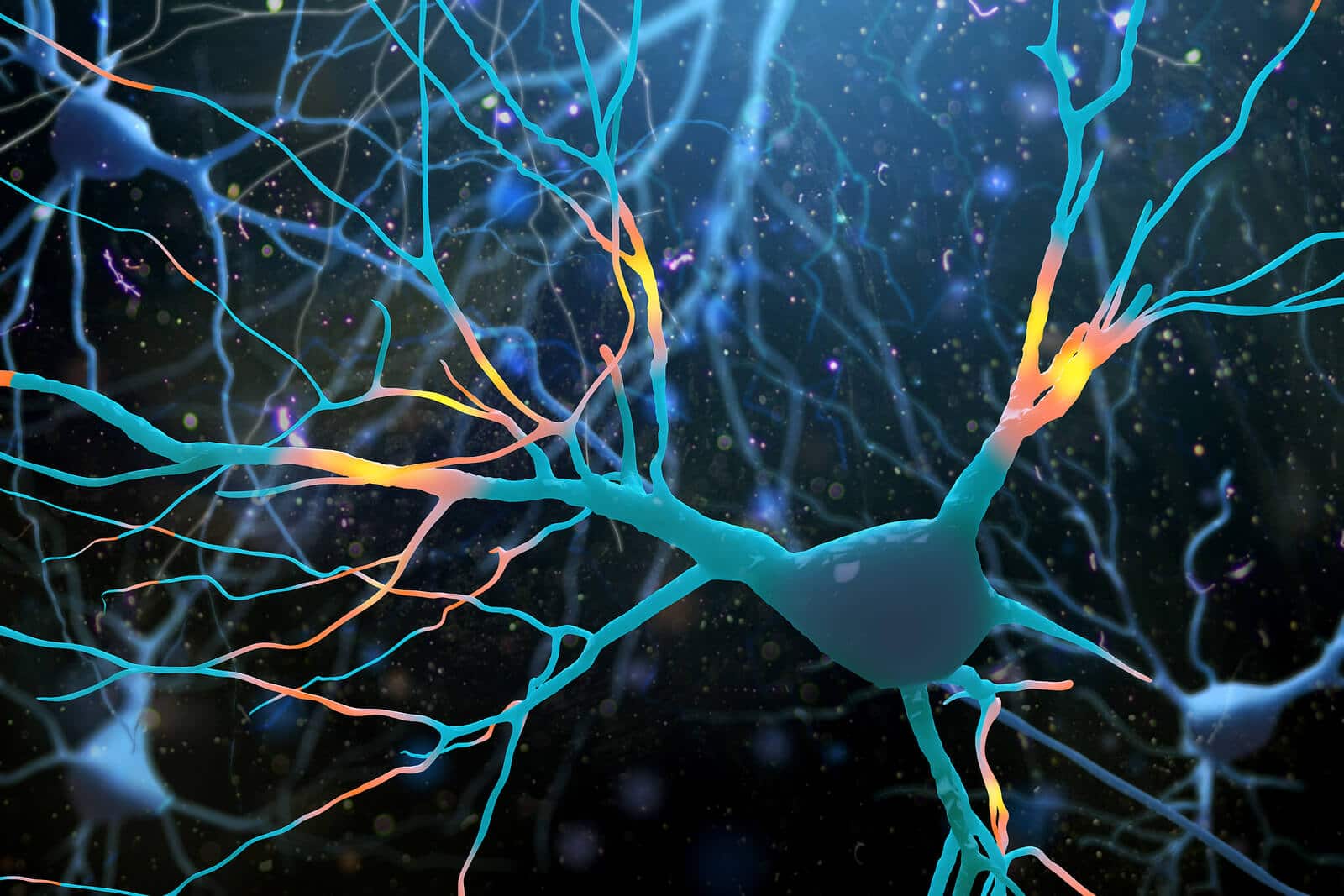



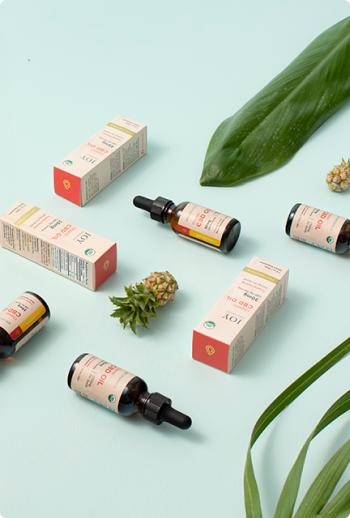
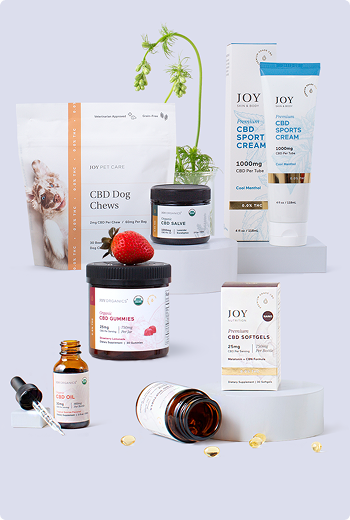
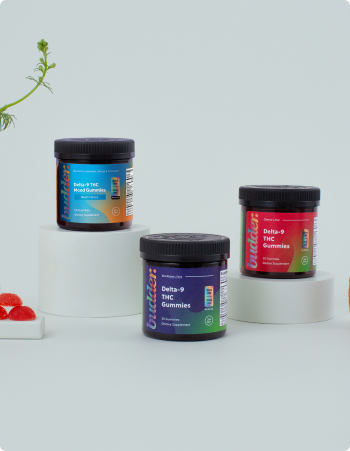
















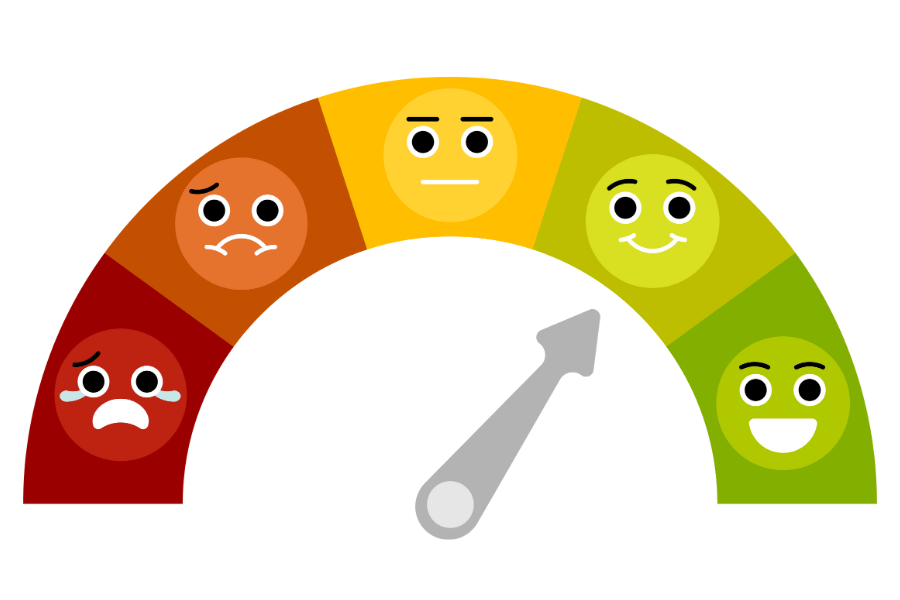
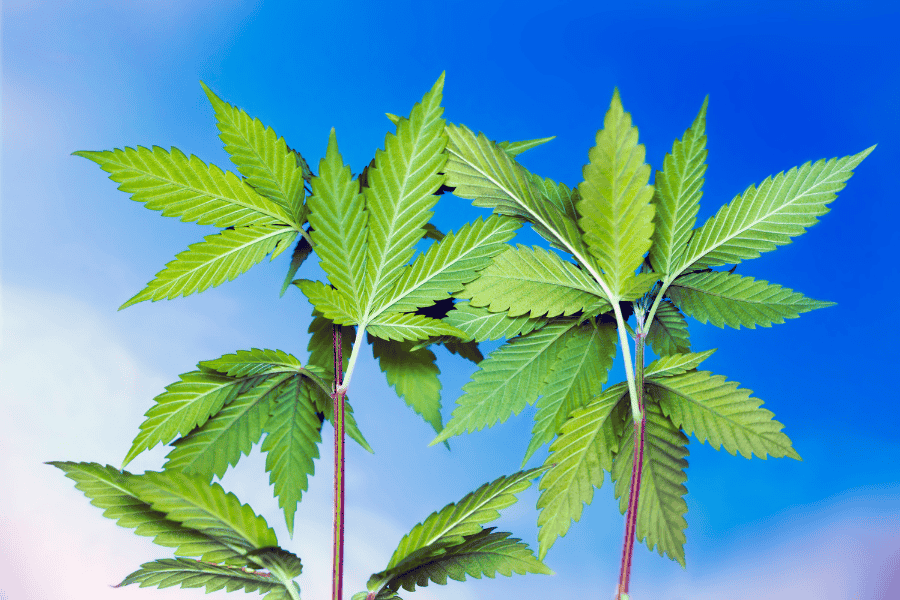






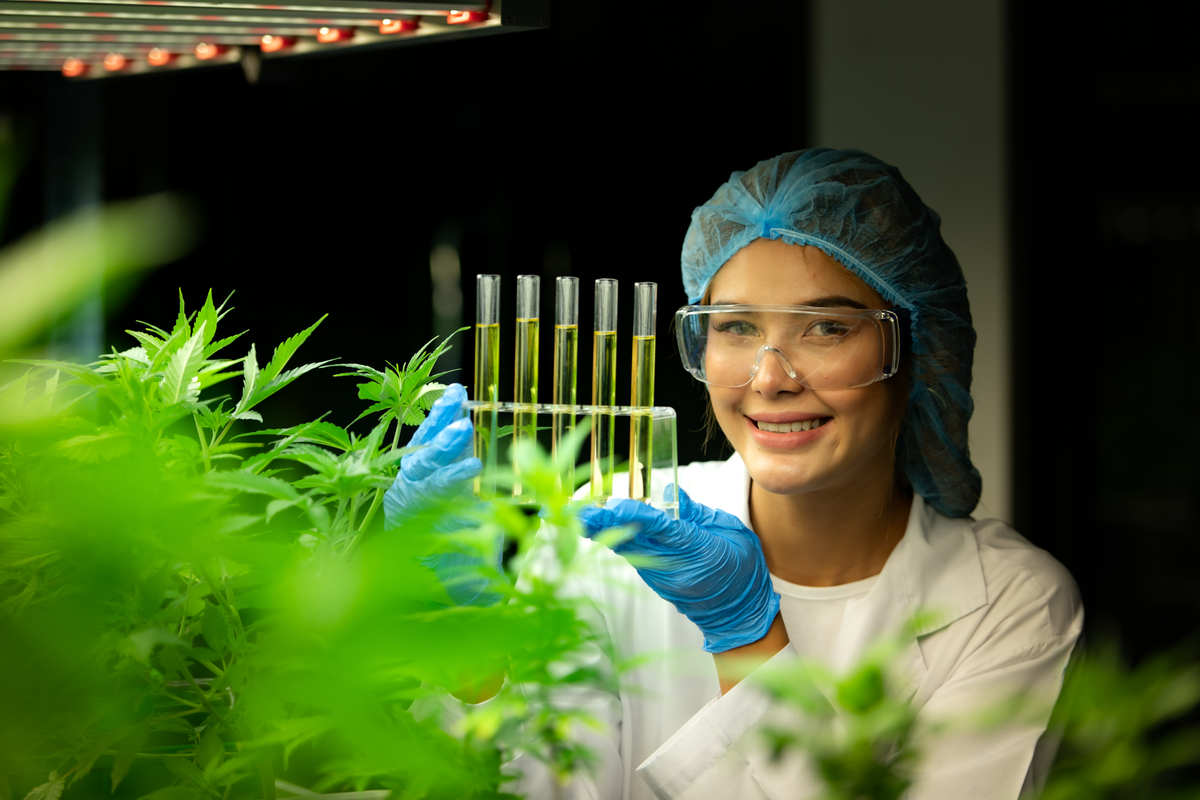

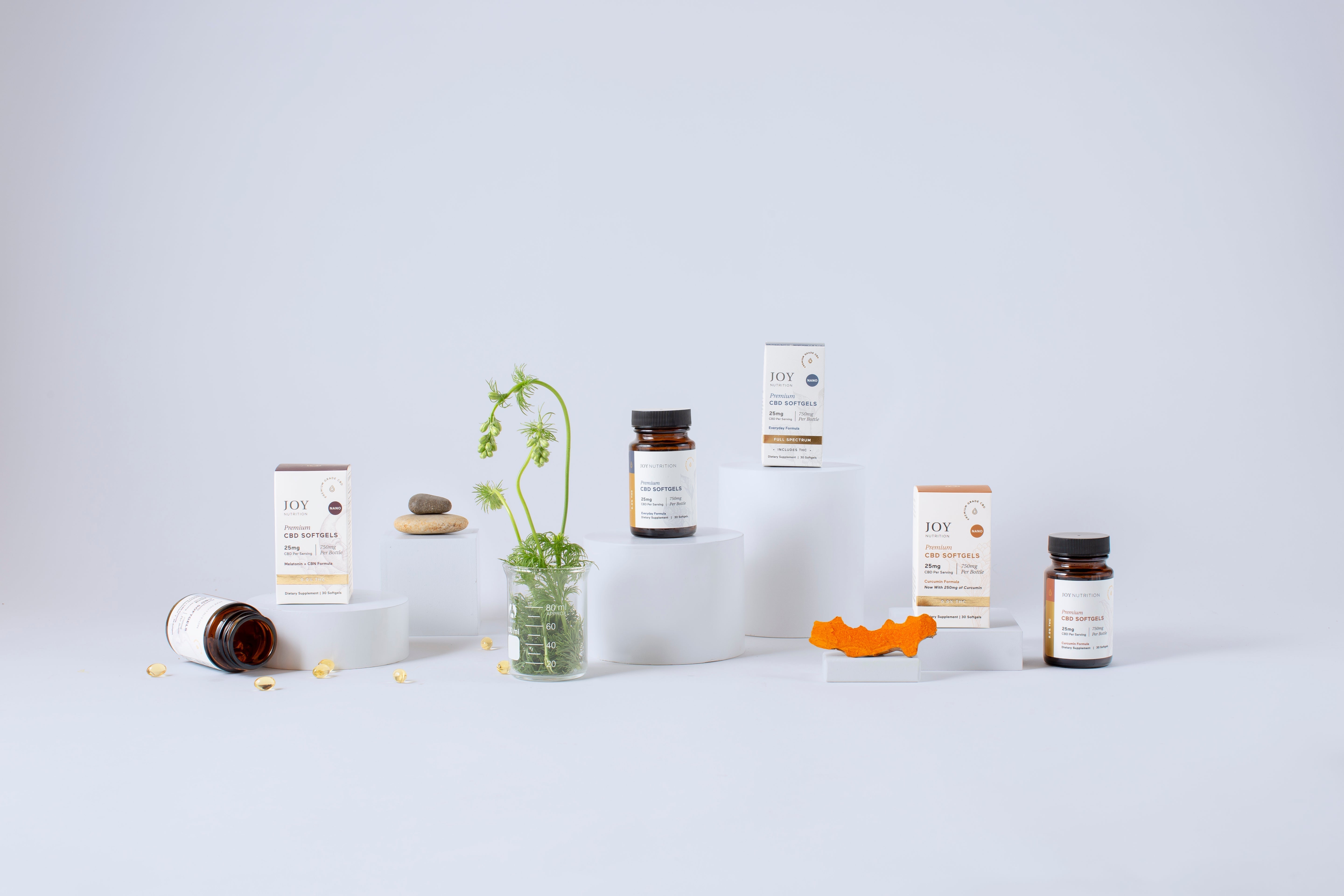
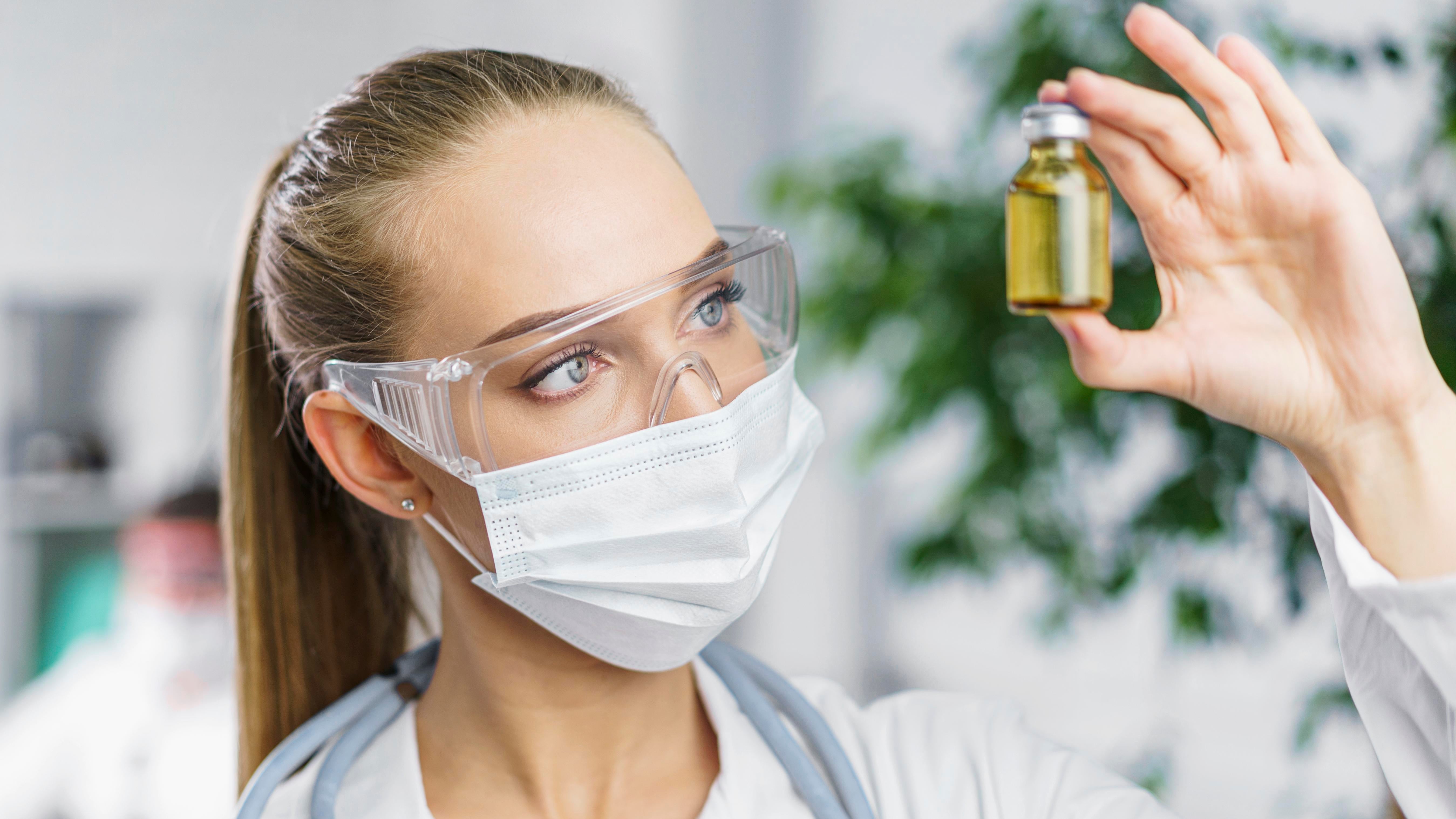








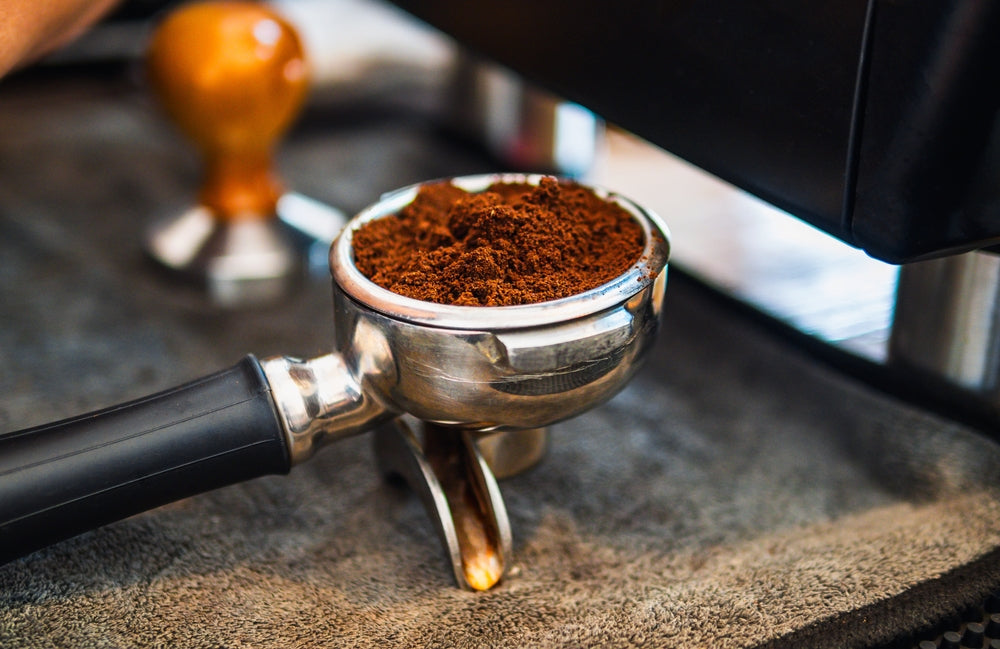

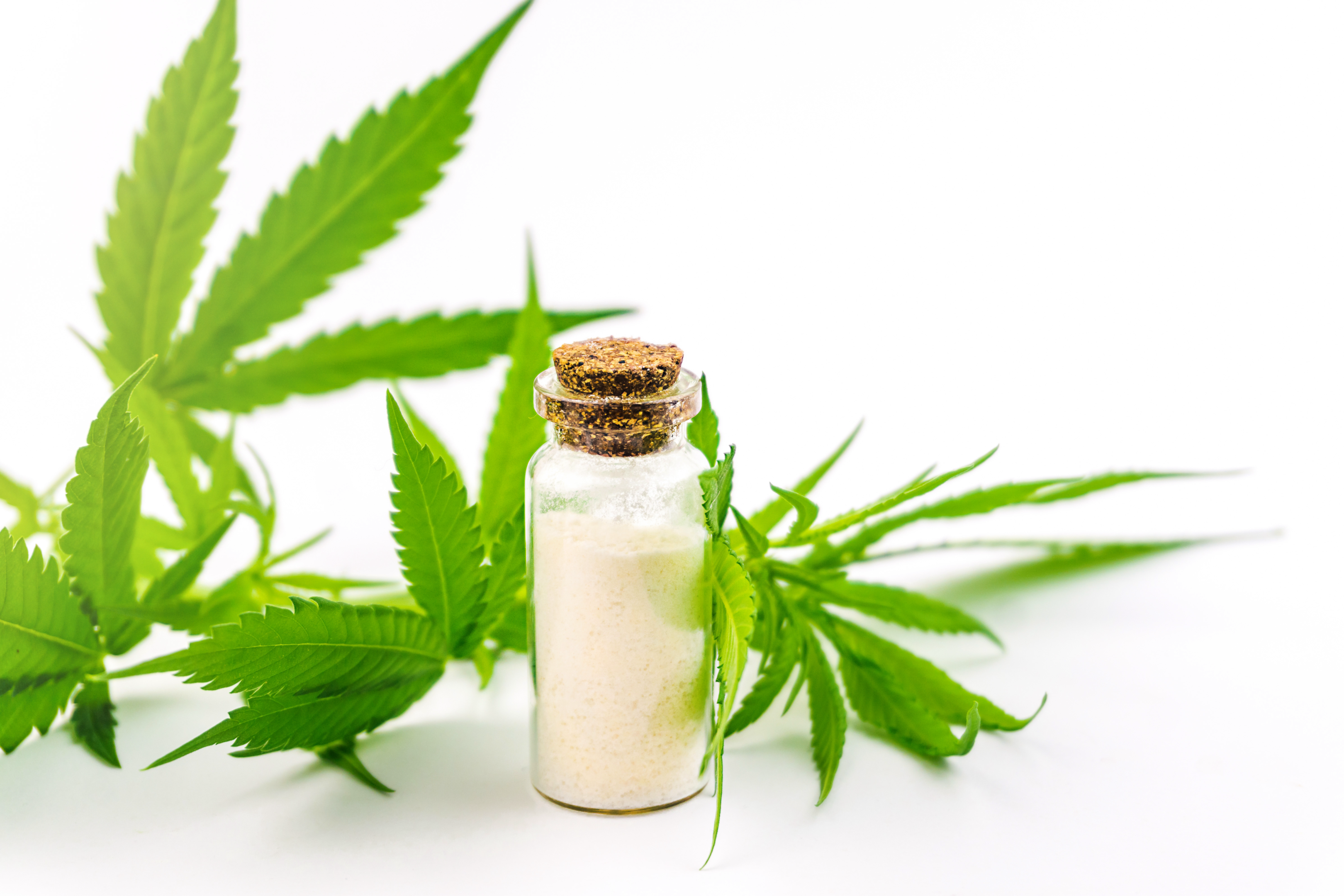
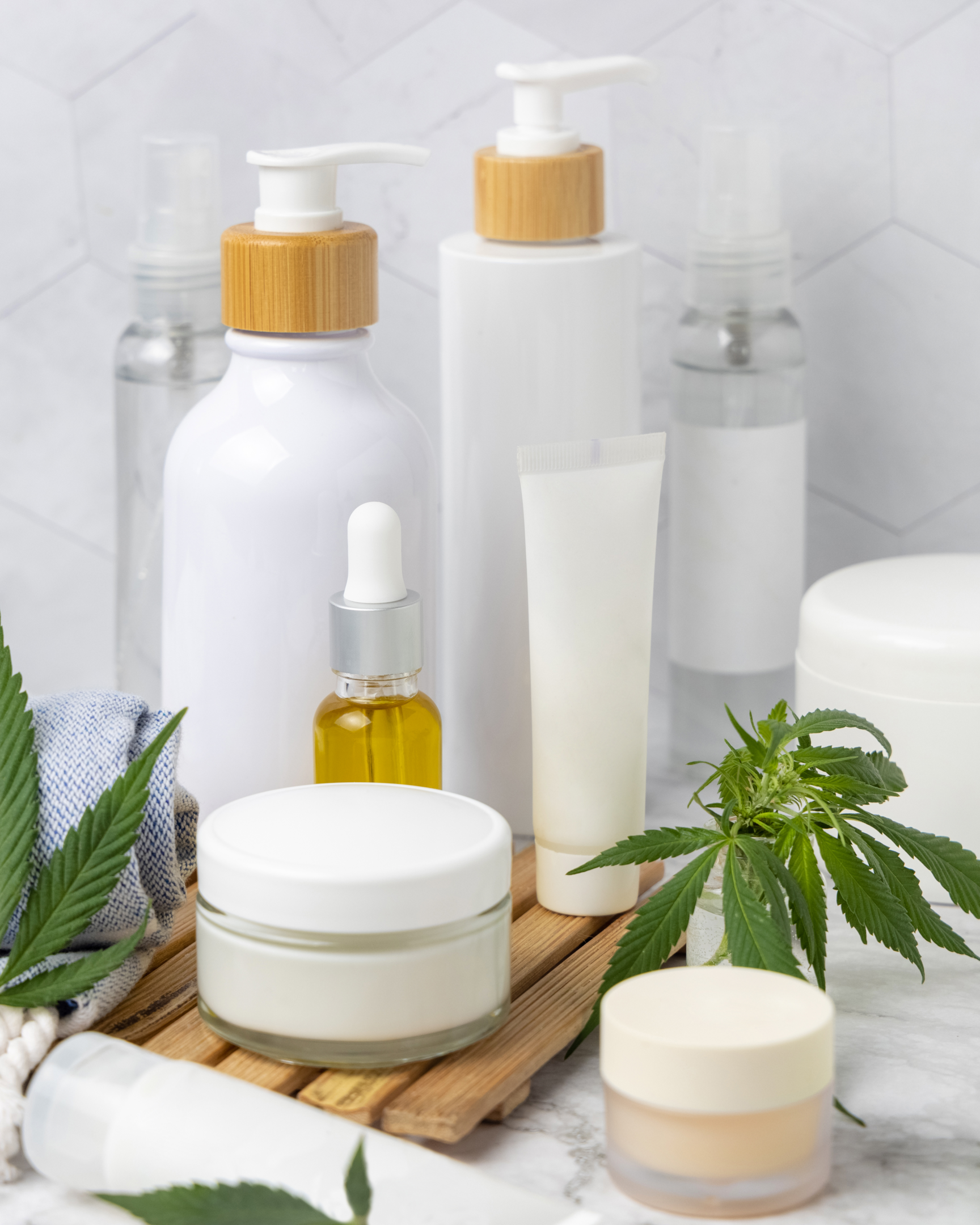
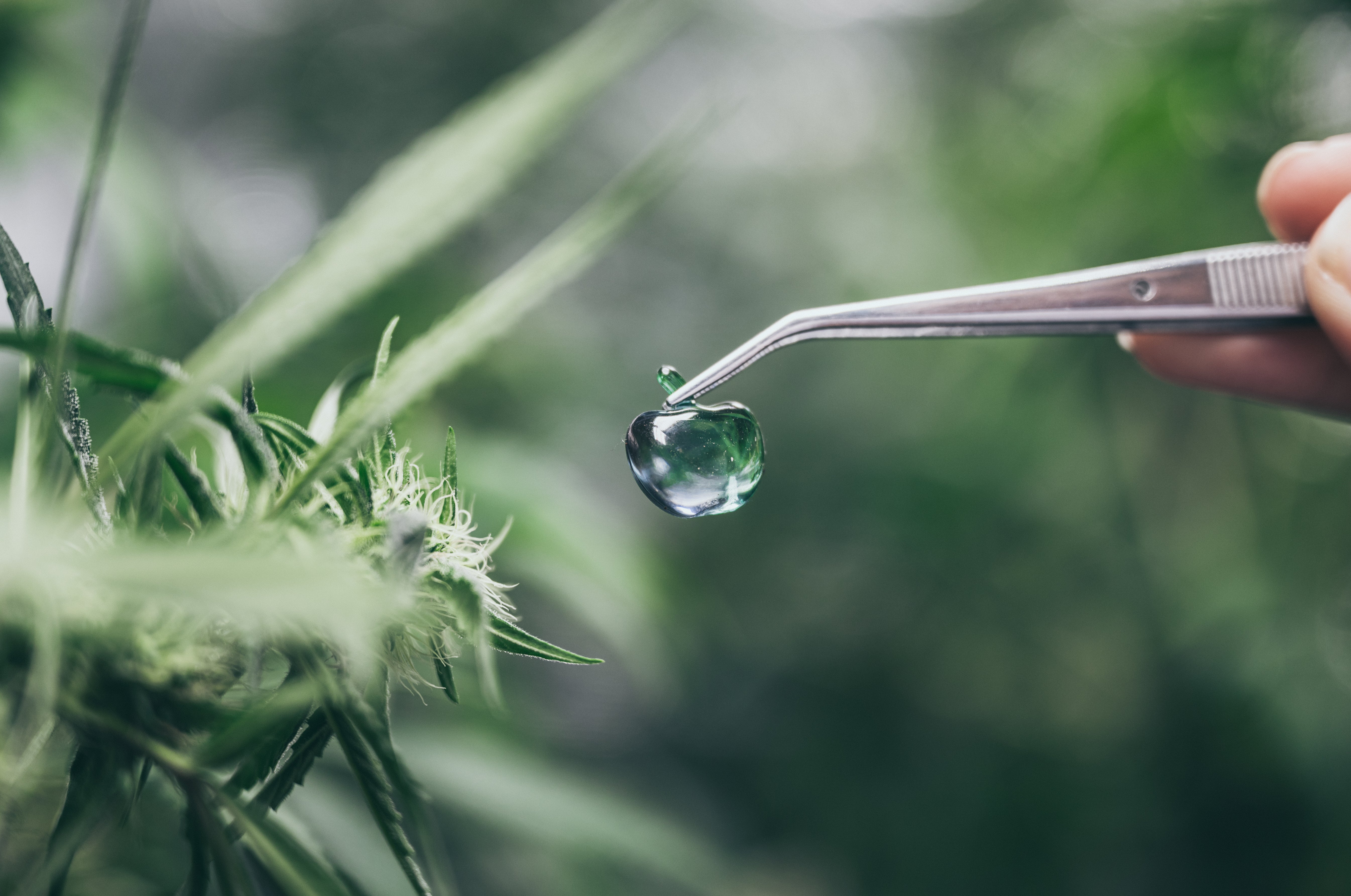
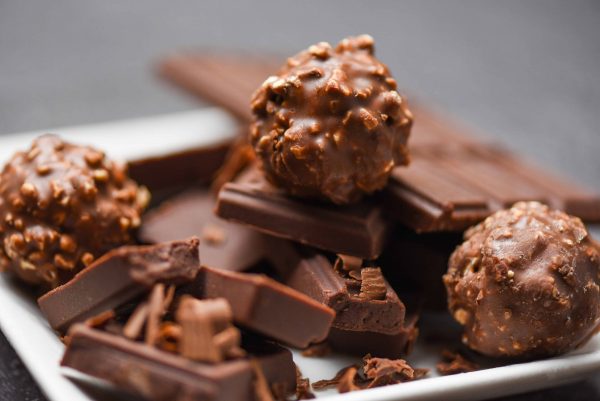
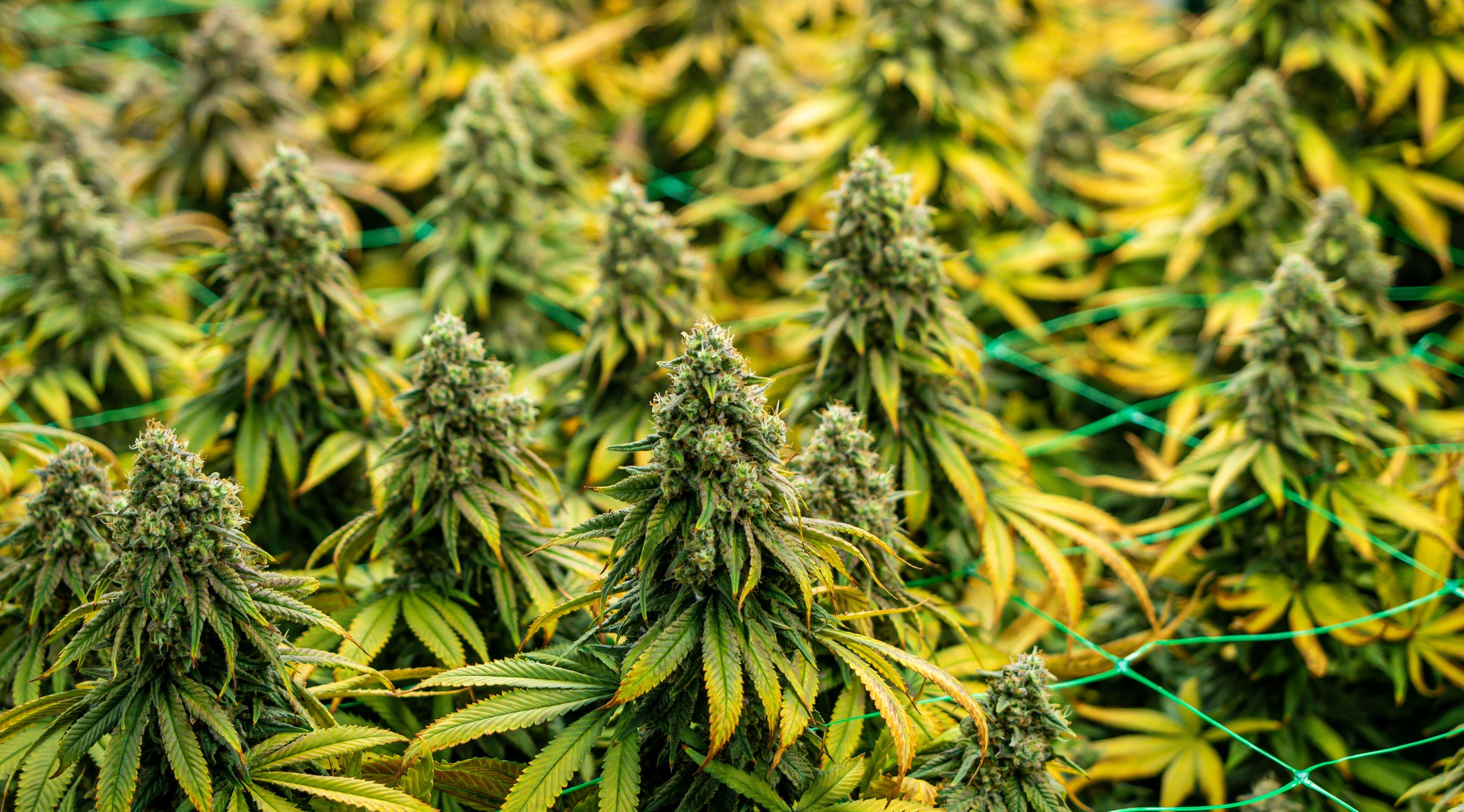

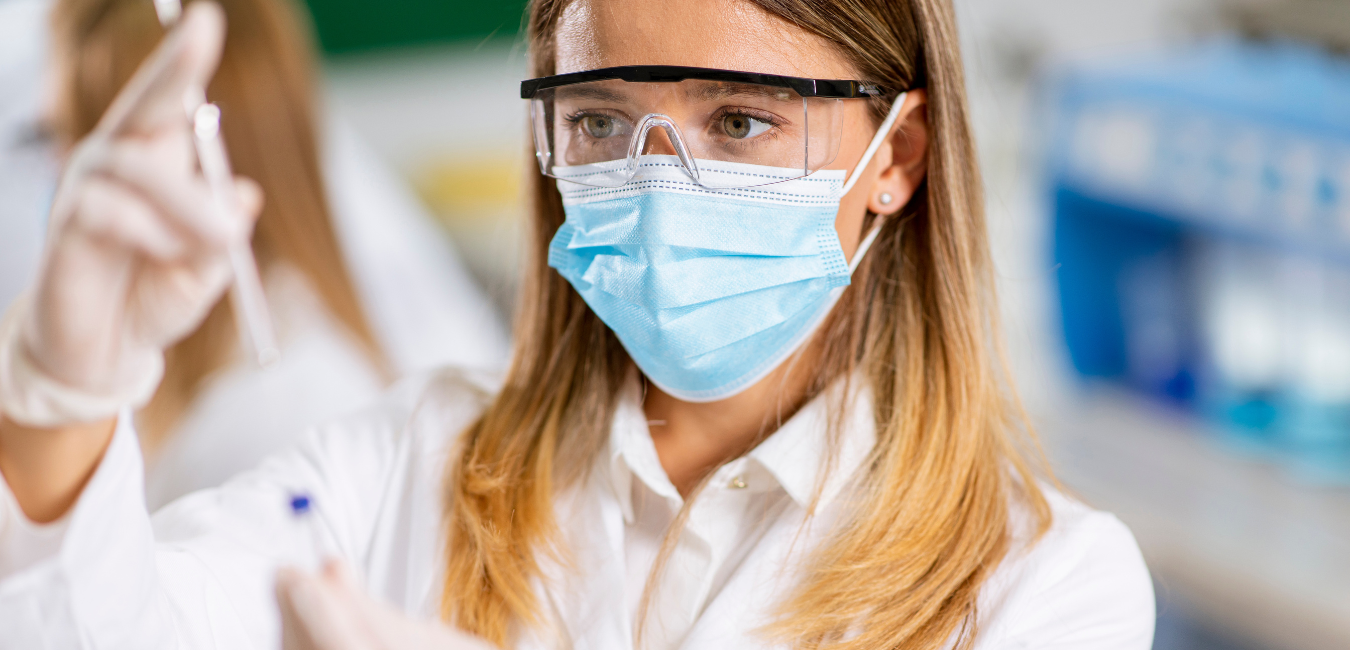
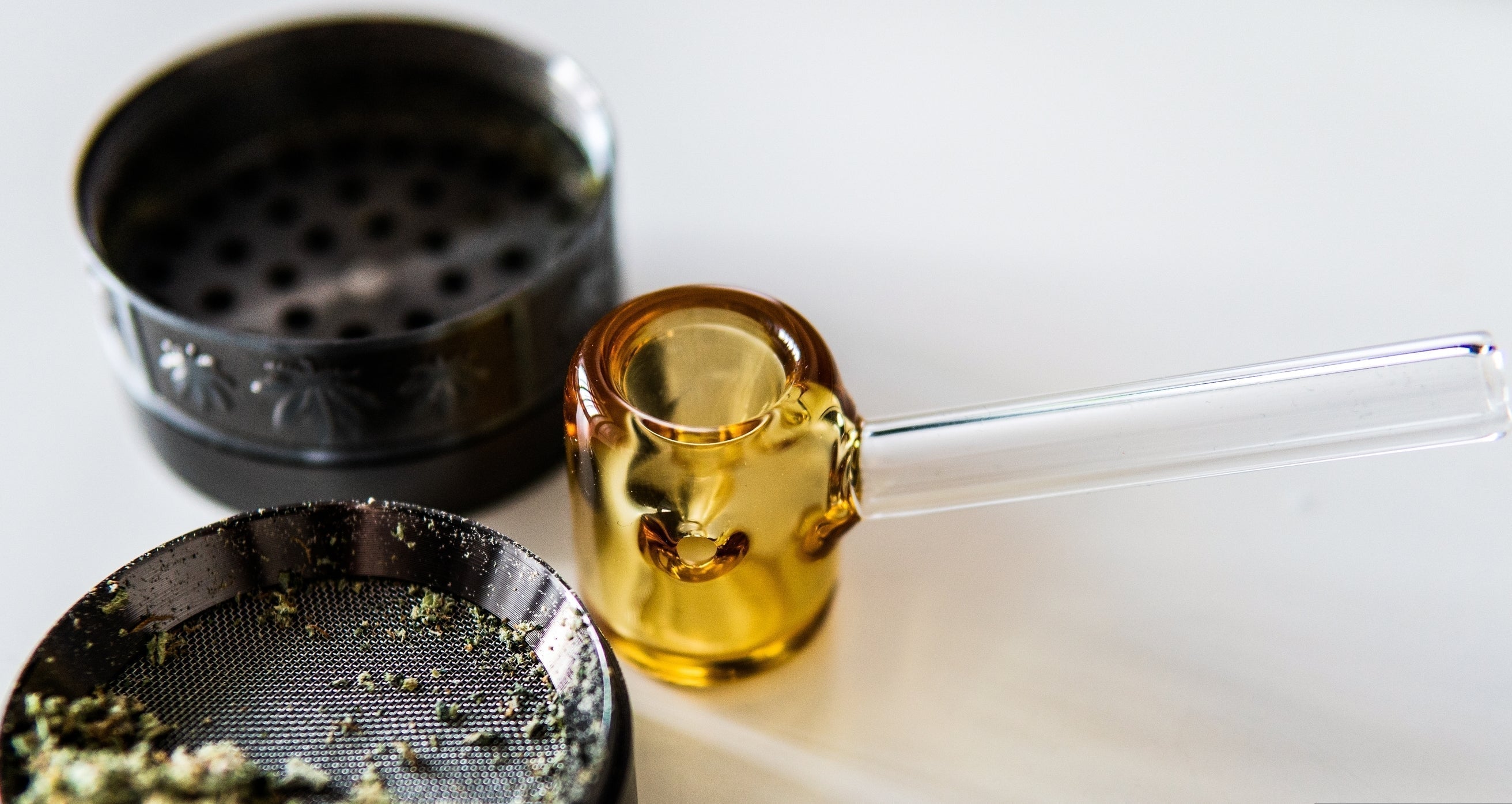



Join in on the Conversation
Your email address will not be published. Once your comment is approved, it will be published.